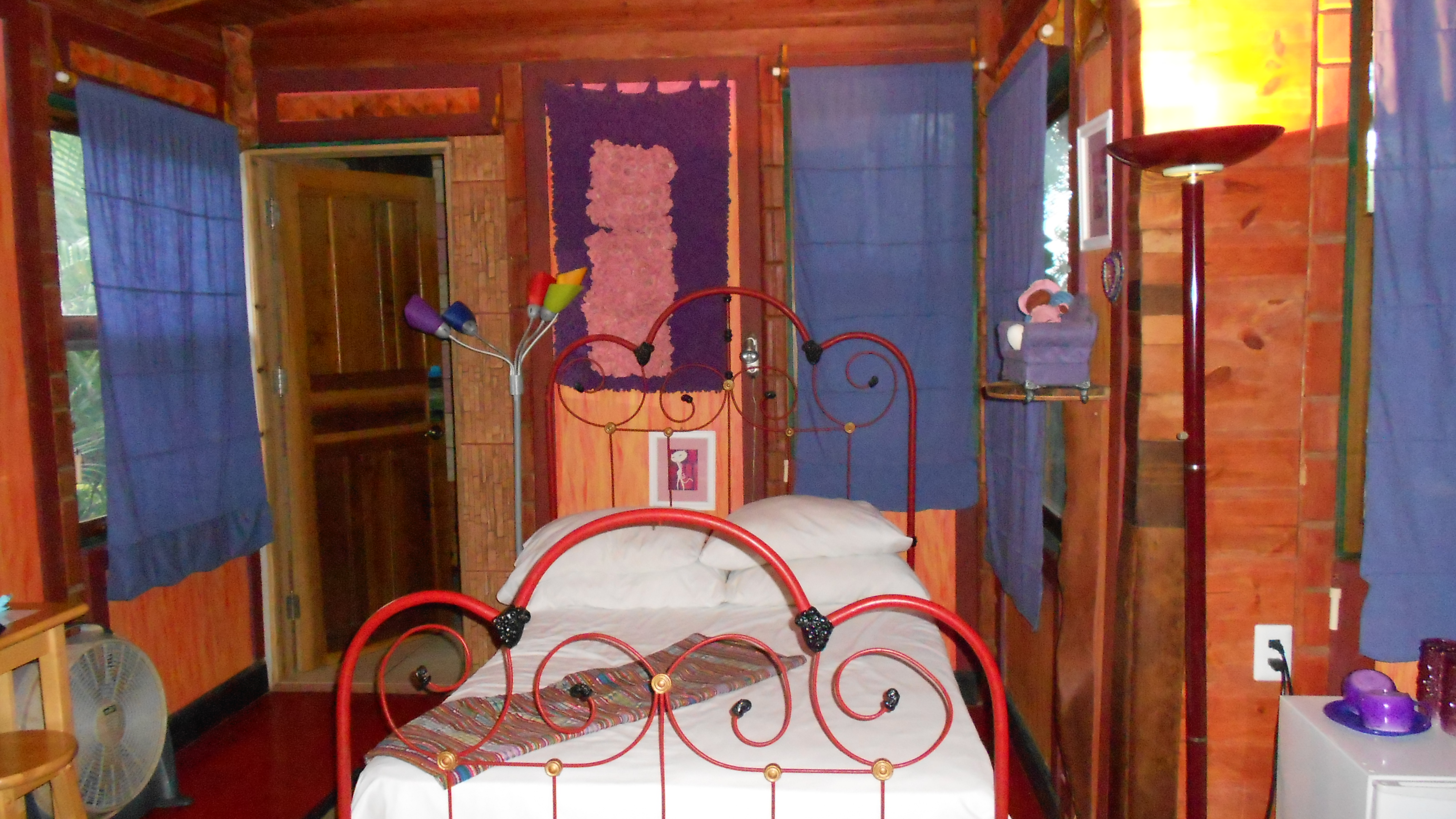Twenty-fifteen was the year I unintentionally dipped my big toe into poverty. I didn’t attempt to be a poor, starving artist, but since necessity is the mother of invention, I reinvented myself many times, juggling jobs in this great circus act called the gig economy: editor, writer, tutor, adult basic education instructor, call center agent, insurance agent, spoken word and storytelling producer, painter. Everything I needed to be to exist in a financial niche.
I actually thought I’d make it as a freelance editor and writer, especially since I had some money saved up for the in between contract times. What I discovered, like being an entrepreneur, it’s harder than first blush.
Just before running out of money, I landed a part time job, teaching Adult Basic Education in the evenings. I absolutely loved being back in the classroom with the added benefits of motivated, adult students, my mornings free, very little lesson planning, virtually no grading, and a less than 10 minute commute.
I still had the fantasy of landing a freelance writing/editing job or going full time with the teaching gig. As months rolled by, neither happened. One way I responded to the financial reality of my underemployed situation was by reducing my grocery budget from $50 a week to $30.
The beauty of being a math teacher was that I understood chunking. For a grocery budget of $30, I’d buy 15 $2-items. If I knew I had to buy an item that cost more than $2, then I’d buy fewer than 15 items. I always celebrated the weeks when my grocery bill was under $25. Then, as far as math was concerned, I could buy up to $35 worth of groceries for the following week although I’d still only write 15 items on my list.
I had a list of weekly grocery lists on my phone. I never put more than three nonedible things on one list. So if I were running low on shampoo, conditioner, toothpaste and toilet paper, I’d have to make a decision about which three out of four things I’d buy. I became much better at portion control since using a little less of everything was better than having none of anything.
I applied that logic with edible things as well. Gone were the days of two-egg omelets when one egg would do. As a matter of fact, my cheap sources of protein became eggs and peanut butter. Not together, mind you. I embellished ramen noodles, a cheap carbohydrate, with a scrambled egg, fresh produce sautéed in toasted sesame oil, a toss of frozen peas, and a drizzle of sriacha. Of course, I’d only use half of that ramen noodle flavor packet because of how much sodium it contained.
In reality, all cheap foods are bad for you. What makes them so inexpensive is the low nutritional content. I’ve never read that correlation on any nutrition label. I just know it to be true. This country despises poor people and wants to help us shorten our lifespans through poor diet—among other things.
I’d buy most of my spices and grains in the bulk aisle. I clipped coupons and based my weekly meals on which grocery specials were available. I’d already had the habit of cooking one big meal a week and packing it up in Tupperware to take to work for lunch. Yet, the ante was upped since all my meals had to be rationed out. I marveled at how preoccupied with food I became. Even when I wasn’t actually hungry, I still thought about food.
I knew my rent would be paid, I still maintained my yoga membership since I could go in the mornings, but I stopped training capoeira. Part of the reason was the conflict of scheduling since most the classes were in the evenings when I worked and I was ageing out, but financially, it was another monetary sacrifice, especially since I could still practice some moves on my own at the fitness center in my apartment complex. Trips to get a mani/pedi fell by the wayside along with getting my car washed, dance classes, and thank goodness, I’ve never liked shopping.
Even shopping for costumes to host my show became a creative opportunity to see how economically I could make them. This pursuit was aided by some of my female students since we’d trade clothes among ourselves. I’d always maximize the costuming angle with every piece of clothing someone gave me, along with sacrificing clothes and material I’d had for years but hardly ever wore.
Anytime I started to throw a private pity party, I reminded myself that I other people, especially other women, have come back from much more extreme circumstances. I was merely a middle class, college-educated woman who was temporarily underemployed. I had students who couldn’t control the number of children they birthed. Students, who were employed, but lived out of their car because they had to make the decision between paying rent and maintaining a car. You see, a car will take you to a job, but an apartment won’t.
I had a student who’d be chronically hungry and had to leave class a little early in order to find a safe place to park her car so she could sleep in peace and still, she struggled with passing the English reading and writing tests. I always gave her the optimistic advice that with more reading practice, she’d eventually be successful. Yet, I suspected that chronic stress suppressed her academic achievement.
So, I know I’ve not sank as financially low as I could possibly go. There is no bottom limit. I’ve dipped my big toe into poverty. I’ll spend the rest of my life, avoiding a bigger plunge. This experience has helped confirm two ideas I’ve always thought: first, money does buy happiness when you have the right set of priorities; and secondly, poverty sucks!

